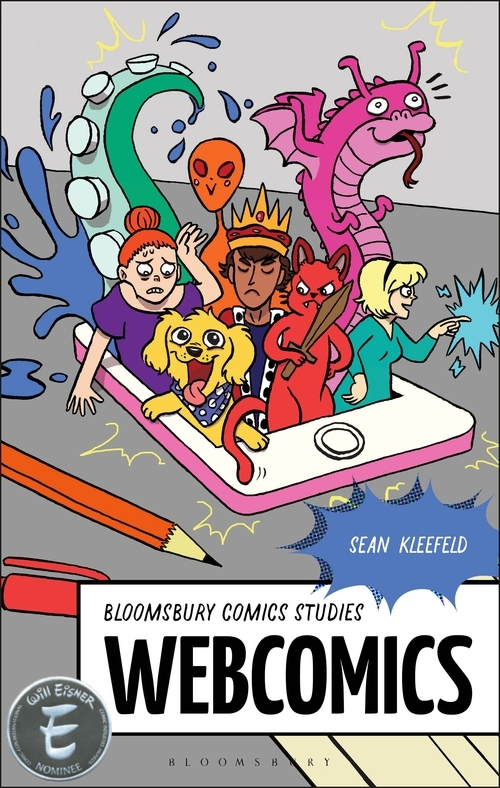I had the pleasure of hearing Trina Robbins speak a few years ago. She mostly talked about, not surprisingly, women in comics, primarily those of the 1930s and '40s. But she also spoke a bit towards representation and diversity in contemporary comics.
One piece she pointed out was that, not long after starting her comic GoGirl! back in 2000, she realized that she had fallen into a trap that many creators do. Namely, she had made her title protagonist white and gave her a Black sidekick, Haseena Ross. Robbins had included Haseena initially to ensure there was diversity in her book, but by making her a sidekick, she relegated her to something of a perpetual damsel-in-distress role. (Think: "Robin, the Boy Hostage.") By virtue of her story role, Haseena had little-to-no agency and GoGirl became something of a white savior.
Robbins did recognize this, and tried to rectify things somewhat in the "Robots Gone Wild" story by making Haseena a detective, an active choice to counter always being rescued by GoGirl. This is somewhat akin to Jimmy Olsen taking up the "Mr. Action" mantle for a while in the 1970s. And like those "Mr. Action" stories, Girl Detective Haseena Ross didn't fit in particularly well with the already established set-up, and therefore didn't quite work in the overall scheme of things.
I asked Robbins about how she recognized the trap she had fallen into, and how she approached things after. She noted that she saw the sidekick trope a little ways in -- probably after she had GoGirl saving Haseena yet again in just a handful of stories. She was already scheduled to have another GoGirl story, so she deliberately went the "girl detective" route to mitigate the effect.
But, more importantly, she stopped working on GoGirl after that. I don't know what sales had been like, and it could be that influenced her decision as well, but she didn't push the point. She started working on a new title: Chicagoland Detective Agency. And this time, her protagonists are a Japanese-American girl and a Lantino boy, who are given more-or-less equal weight. Neither is a sidekick to the other. Robbins took her realizations from GoGirl and applied them to her next project, which at that point did not have any tropes baked into it.
There's a certain set of parameters that made a GoGirl story a GoGirl story. Robbins realized that in re-tooling that to accommodate a different set of parameters, it was no longer a GoGirl story. Even if it still featured GoGirl.
It's a seemingly harsh approach, killing off a project that you like because you can't take it where you want to go, but that's sometimes what is necessary to make broader progress. A lesson that other creators should maybe ponder over.
Now Available!
Blog Archive
-
▼
2022
(283)
-
▼
May
(24)
- Organizing Collections
- Memorial Day Musings
- Weekly Recap
- Micky Dolenz Comic Debut
- Trina's Solution
- Steamboat
- 6 Sidekicks of Trigger Keaton Review
- Weekly Recap
- Discovering The Broons
- Joe Worker and The Story of Labor
- A Comic to Help Explain the Economy
- Weekly Recap
- The Mazengarb Report
- Loving Art
- A Quick & Easy Guide to Asexuality Review
- Somebody, Make Some Bio-Webcomics!
- Miss Quinces Review
- Weekly Recap
- The First Crossover?
- Artifactness
- Comics' Worth
- Old Comic Jewelry
- The MCU Problem
- Weekly Recap
-
▼
May
(24)







0 comments:
Post a Comment